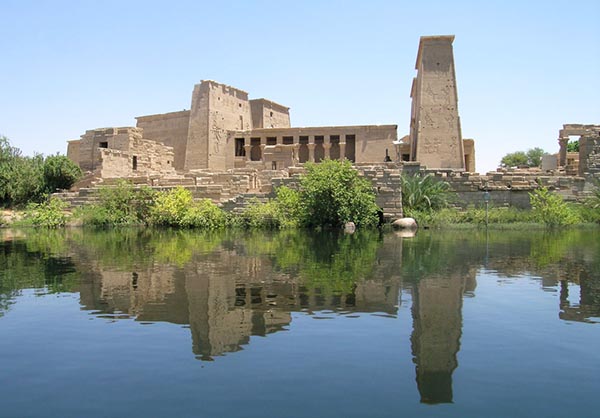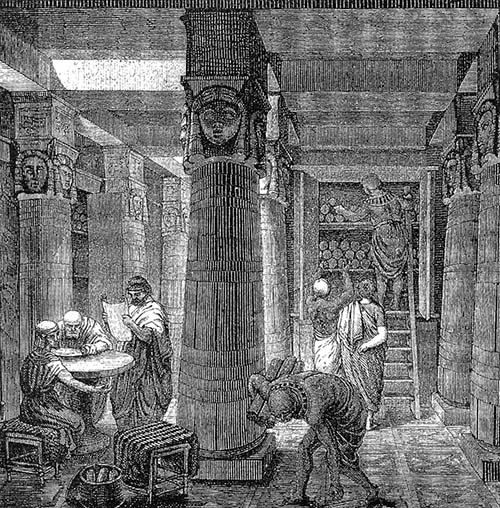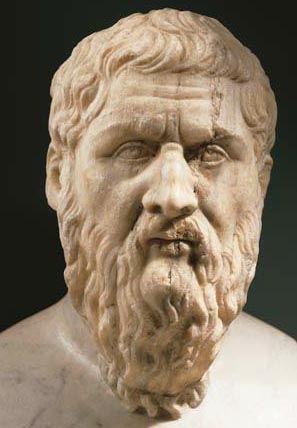THE HIDDEN LEGACY OF THE EGYPTIAN TEMPLE

Temple of Philae, where the Mysteries of Osiris were taught.

Temple of Philae, where the Mysteries of Osiris were taught.
In Arabic, the land of Egypt is referred to as Al Khem. The name provides the root of our modern word alchemy, and offers a fresh insight not just into the ancient land of Khemet, but also the purpose of its most important temples.
Alchemy, of course, is the mythical practice of transmuting a base metal into gold. But rather than be taken at face value, in esoteric tradition such things are intended to be seen as metaphors. Consequently, the ultimate pursuit of the alchemist’s art was not so much concerned with the material as with the spiritual, and thus the metaphor describes the science of the initiate (the base metal) who discovers that gold within. It is a spiritual awakening, the christed individual who overcomes his ignorance to emerge out of the darkness and into the gilded plane of enlightenment.
Transmuting the pupil was the aim of the Egyptian Mysteries schools. Their classrooms were the temples, extending from Philae in the south, to the fabled library of Alexandria, whose seats once accommodated formidable students such as Pythagoras and Plato. Attendees would spend considerable time at a specific location being taught one aspect of the sacred sciences before graduating on to other, more refined establishments.
Many of the original temples were concerned with the teachings of sound, to the extent that adepts studying medicine became healers as well as musicians.
The measure of the heavens and the Earth were explained in the study of sacred gaia-metry, or geometry, the measure of earth, since the fundamental understanding was that the entire universe was underpinned by invisible relationships that favored geometric harmonies. This is today acknowledged throughout science in its study of the subatomic world, and by Islam, whose dogma is very much anchored in ancient Egyptian principles. Esoteric Islam defines the unseen world not in human form, but as geometric order. They call their geometric art 'God at rest' or 'the breath of Allah'.
Sacred measure was also taught, because some measures were considered more potent than others. After analyzing the sphere of the Earth, its precessional cycles, and its cyclical rhythms, the Egyptians distilled all their observations into a unit of measure that was an analog of the very planet, the Royal Cubit.
Since the Earth was seen as a living organism, using such a unit of measure in the construction of temples imbued the buildings with a resonance that spoke directly with its host environment. Today, the Royal Cubit is acknowledged even by NASA as the most accurate unit of measure of the Earth.
But the greatest emphasis of esoteric teachings throughout the Mysteries schools was on the harnessing of subtle energies. This included the locating of magnetic lines of energy across the land, and the moving of such depending on the dictum of the day. Indeed, since every temple had been erected upon intersecting pathways of magnetic force, such work was not conducted lightly, as any misuse of magnetism had potentially catastrophic effects.

Library of Alexandria.
Such effects would certainly have been felt by people attending the temples because the human body is, by-and-large, electromagnetic. Inside the human skull, near the pineal gland, sits a tiny deposit of magnetite, and any alteration of local magnetic fields has a profound effect on a person’s state of awareness. The effect also extends to blood and its high content of iron. So, as the students moved from temple to temple, their learning capacity was matched by a gradual raising of their vibratory field. To this purpose, temples were also places of initiation.
Initiation means 'becoming conscious', spiritually, so as to guide higher, more penetrating energies into the body. Because of the animal/lower vibratory nature of the human body, introducing a higher vibration must be done in stages lest the nerve centers and electrical conduits be burned out. Not surprisingly, temples rich in subtle energies were traditionally places of meditation, of altered states, even remote viewing. These include the Red Pyramid, the Great Pyramid, Edfu, and Abydos, where the absence of natural light not only induces high activity in the pineal but also amplifies intuition.
The teachers at these sites were either the enlightened pharaoh or a master of the craft within the household. These keepers of the secrets were 'craftsmen', and were referred to as 'crafty'. They were also described as 'cunning', whose etymological root is the old English kynning, meaning 'knowing of special esoteric knowledge'. Today they are known as Free Masons, whose own roots and center of learning was ancient Heliopolis, today a run-down, litter-infested neighborhood in Cairo.

Plato.
How the sacred decays with time.
Since the adepts would be taught the principles governing the manipulation of subtle energies, each pupil graduated to the next temple only after demonstrating a fine degree of responsibility. The information imparted was not only derived from Universal principles, but such knowledge had been handed down from pre-diluvian civilizations. Understandably, the process of study in the Egyptian workshops was rigorous, Twenty years spent learning in temples was not uncommon, and as far as the tutors were concerned, it was preferable to unleashing students into society armed with delusions of grandeur and the capacity to wreck havoc across entire continents.
Which is precisely what had happened around 2000 BC. The geologic record of northern Europe shows a sudden rise in catastrophic earthquakes, volcanism, and a subsequent 'nuclear winter', in which crops failed for decades as a mini iced age blistered the northern Atlantic states. It even forced the migration of an entire civilization from the once-thriving Scottish islands onto the soil of Britannia. At the same time in Egypt, a priestly caste had usurped the temples for the control of the many by the few. With the corruption of power and the ensuing lack of responsibility came experiments misusing the temples. And of biggest interest to the priests was that biggest of toys, the great pyramid at Giza. With mad monks at the helm, this great oscillator, with its built-in geo-harmonics and magnetics, started a colossal chain reaction whose effects can still be seen today on the geological fingerprint of the Earth.
Continue to part II
Return to Articles